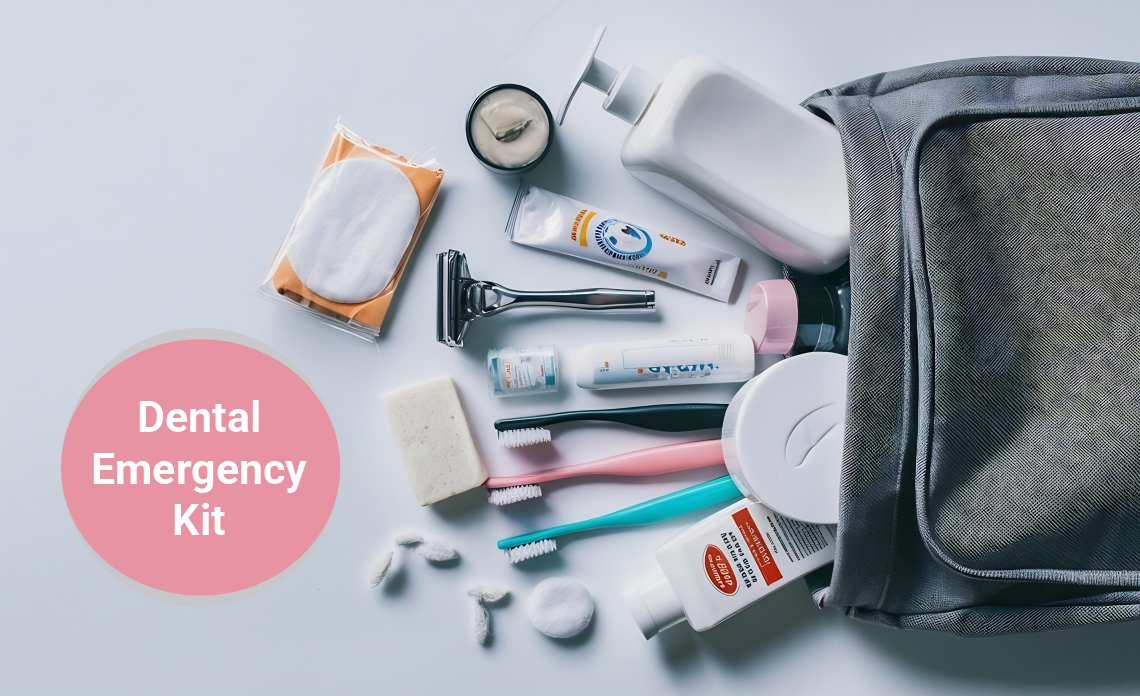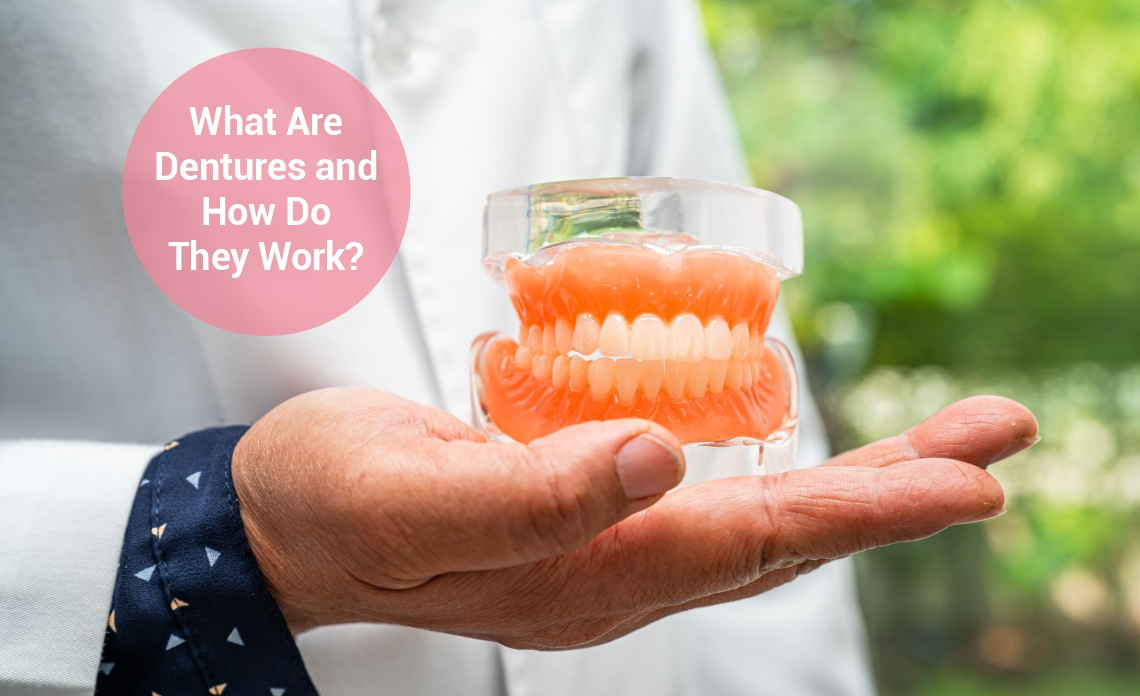Family Dental Clinic
Fillings

Dental Fillings
Dental fillings are essential restorative materials used to repair and protect teeth that have been compromised due to decay, fractures, or wear. By sealing cavities and restoring the tooth’s function, fillings help prevent further damage and maintain overall oral health.
Who Needs Dental Fillings?
A dental filling may be required in various situations, including:
1. Tooth Decay (Cavities)
Cavities develop when plaque accumulates on the teeth, leading to bacterial growth and acid production. This erodes the enamel and dentin, creating holes that worsen over time.
Common Symptoms:
- Increased tooth sensitivity, especially to hot, cold, or sweet foods.
- Visible discoloration or dark spots on teeth.
- Pain or discomfort while chewing.
- Formation of holes or pits in the tooth surface.
2. Chipped, Cracked, or Fractured Teeth
Accidents, biting hard objects, or teeth grinding (bruxism) can cause minor fractures. Even small cracks can weaken teeth, making them susceptible to further damage.
Why Fillings Help:
- Prevent further cracking or breakage.
- Restore the tooth’s structure and function.
- Minimize discomfort and sensitivity.
3. Worn-Down Teeth
Over time, habits like bruxism (teeth grinding) and frequent consumption of acidic foods erode the enamel, weakening the teeth.
How Fillings Help:
- Replace lost enamel and strengthen affected teeth.
- Prevent further erosion and sensitivity.
- Restore proper bite alignment.
4. Replacement of Old Fillings
Fillings can deteriorate over time, leading to leakage, cracks, or loosening. Routine dental check-up helps in assessing their condition and determine when a replacement is necessary.
What to Expect During the Dental Filling Procedure?
The dental filling process is straightforward, often completed in a single visit under local anesthesia.
1. Initial Examination & Diagnosis
- The dentist visually inspects the affected tooth and may use X-rays to assess the extent of damage.
- The appropriate filling material is selected based on the tooth’s location, function, and aesthetic considerations.
2. Anesthesia Administration
- Local anesthesia is applied to numb the area, ensuring a pain-free experience.
- In minor cases, anesthesia may not be necessary.
3. Removal of Decay or Damage
- The decayed or damaged portion is carefully removed using a drill, laser, or air abrasion.
- The tooth is thoroughly cleaned to eliminate bacteria and debris.
4. Tooth Preparation
- The cavity is shaped for optimal adhesion of the filling material.
- If the decay is near the nerve, a protective liner may be applied.
5. Filling Placement
- The chosen filling material is applied in layers and hardened using a curing light (for composite and ceramic fillings).
- Each layer is sculpted to match the natural shape of the tooth.
6. Polishing and Bite Adjustment
- The dentist smooths and polishes the filling for a seamless feel.
- The bite is adjusted to ensure proper alignment and comfort.
Types of Dental Fillings
Each type of filling offers distinct benefits and considerations:
1. Amalgam Fillings (Silver Fillings)
- Composition: A blend of mercury, silver, tin, and copper.
- Pros: Durable, long-lasting (10-15 years), cost-effective.
- Cons: Noticeable silver color, slight tooth discoloration, contains mercury.
2. Composite Resin Fillings (Tooth-Colored Fillings)
- Composition: A mixture of plastic and glass particles.
- Pros: Matches natural tooth color, bonds directly to the tooth, preserves more natural structure.
- Cons: Less durable than amalgam, prone to wear, more expensive.
3. Ceramic Fillings (Porcelain Fillings)
- Composition: High-quality dental porcelain.
- Pros: Natural-looking, stain-resistant, durable, biocompatible.
- Cons: Higher cost, may require multiple visits if custom-made.
4. Glass Ionomer Fillings
- Composition: Acrylic and glass particles, releasing fluoride for added protection.
- Pros: Helps prevent decay, ideal for children’s teeth and root cavities.
- Cons: Less durable, prone to wear and fractures, not suitable for heavy chewing areas.
5. Gold Fillings (Inlays and Onlays)
- Composition: Custom-made from a gold alloy.
- Pros: Extremely durable (15+ years), biocompatible, strong.
- Cons: Expensive, requires multiple visits, noticeable appearance.
Benefits of Dental Fillings
1. Restores Functionality
- Strengthens teeth, allowing comfortable chewing and biting.
- Prevents pain and discomfort during meals.
- Supports proper bite alignment and oral health.
2. Stops Tooth Decay Progression
- Seals cavities, preventing bacterial spread.
- Reduces the need for more extensive treatments like root canals.
- Alleviates pain and sensitivity early on.
3. Improves Aesthetics
- Tooth-colored fillings blend seamlessly with natural teeth.
- Restores the tooth’s natural shape and size.
- Enhances confidence by maintaining a clean, healthy smile.
4. Long-Lasting Solution
- High-quality fillings can last over a decade with proper care.
- Advances in dental materials improve durability and performance.
- Regular dental hygiene helps maintain filling longevity.
5. Minimally Invasive
- Preserves more of the natural tooth structure compared to other treatments.
- Quick, often completed in a single visit with minimal discomfort.
- A conservative approach ensures better long-term dental health.
Maintenance and Care Tips for Dental Fillings
Proper care can extend the life of fillings and improve overall oral health:
1. Maintain Good Oral Hygiene
- Brush twice daily with fluoride toothpaste.
- Floss regularly to remove plaque and food debris.
2. Limit Sugary and Acidic Foods
- Reduce consumption of sweets, sodas, and acidic foods.
- Rinse the mouth with water after consuming acidic or sugary items.
3. Avoid Hard and Sticky Foods
- Avoid chewing ice, hard candies, or sticky foods that could damage fillings.
- Exercise caution when eating nuts or other hard foods.
4. Use a Mouthguard for Bruxism
- If grinding teeth at night, a custom nightguard can prevent filling damage.
5. Schedule Regular Dental Check-Up
- Visit the dentist every six months for routine evaluations.
- Address any signs of wear, cracks, or leakage promptly.
6. Be Aware of Sensitivity or Pain
- Temporary sensitivity is normal but should subside within days.
- Persistent discomfort, pain, or sharp edges require professional assessment.
Why Choose Family Dental Clinic for Dental Fillings?
At Family Dental Clinic, we specialize in providing high-quality dental Services tailored to each patient’s unique needs. Here’s why we stand out:
- Experienced Specialists: Our team consists of skilled Dental Experts with years of expertise.
- Advanced Technology: We use state-of-the-art equipment, including digital scans and 3D imaging, for precise implant placement.
- Patient-Centered Approach: We prioritize comfort, ensuring a pain-free and stress-free experience.
- Comprehensive Care: From consultation to aftercare, we guide you through every step of the process.
Blogs
Our Best Dentists





Newsletter
Follow our newsletter to Stay tuned
Emergency phone line:
+91 (79) 2979 6365





.jpg)






.jpg)





